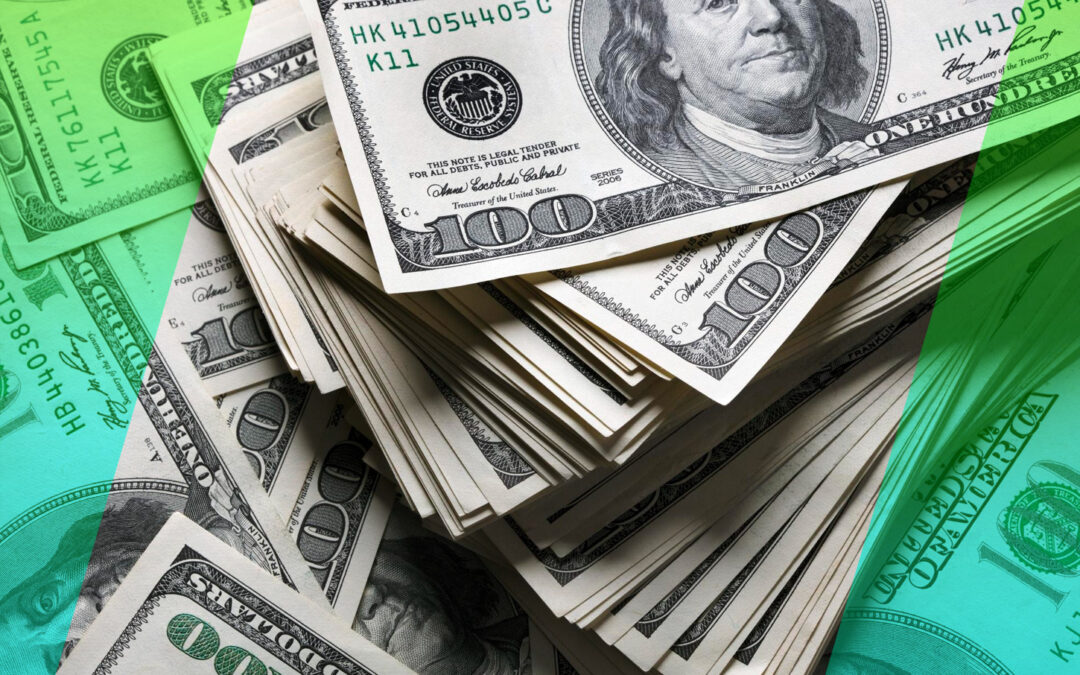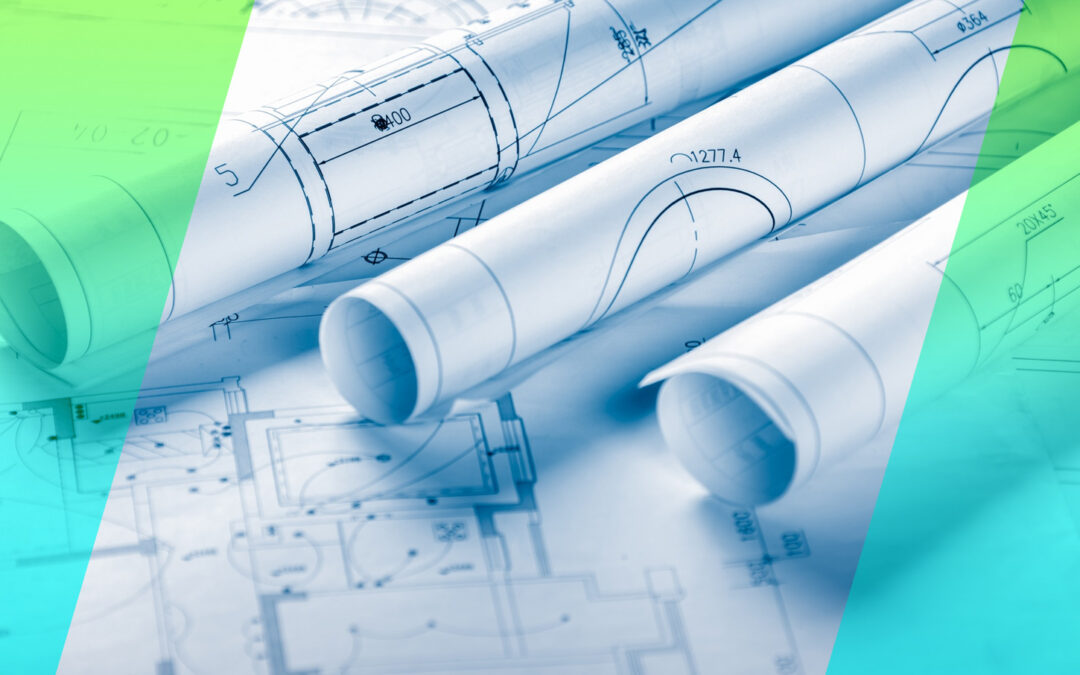Feeling crushed under the weight of monthly payments? You’re not alone. The dream of debt freedom can feel distant when you’re juggling credit card bills, loans, and other financial obligations. It’s a stressful cycle that can make you feel like you’re working hard but never getting ahead. This article is designed to change that. We will provide a comprehensive, no-nonsense roadmap to not only pay off your debt but also to build a life of financial security and peace.
By the end of this guide, you will have a clear understanding of the most effective strategies for paying off debt. More importantly, you’ll have an actionable plan to reclaim your income, reduce your stress, and start building real wealth. This is your first step toward achieving the financial independence you deserve.
Key Takeaways
- What Does Debt Freedom Actually Mean?
- The 5 Proven Strategies for Paying Off Debt
- Creating Your Personalized Debt Freedom Plan in 5 Steps
- How to Accelerate Your Journey to a Debt-Free Life
- Staying Motivated on Your Path to Financial Independence
- Life After Debt: Building Wealth and Securing Your Future
What Does Debt Freedom Actually Mean?
For many, debt freedom simply means having a zero balance on all credit cards and loans. While that’s the technical definition, the true meaning is far more profound. It’s about regaining control over your finances and, by extension, your life. It means your income belongs to you, not to lenders. It’s about having the power to make choices based on your goals and dreams, not on the demands of your creditors.
It’s also important to distinguish between different types of debt. High-interest, unsecured debt, like credit cards or personal loans, is often destructive and should be the primary target of your debt-payoff plan. On the other hand, “good debt,” like a sensible mortgage, can be a tool for wealth creation. This guide focuses on eliminating the former to create breathing room for the latter.
The Psychological Benefits of a Debt-Free Life
The weight of debt isn’t just financial; it’s emotional. The constant stress of owing money can lead to significant mental and physical health issues.
According to studies on the connection between finances and well-being, individuals struggling with high debt loads are significantly more likely to suffer from anxiety, depression, and chronic stress, which can manifest as headaches and sleep problems.
Achieving debt freedom lifts this psychological burden, leading to improved mental clarity, reduced anxiety, and a powerful sense of accomplishment and peace of mind.
The 5 Proven Strategies for Paying Off Debt
There is no single “best” way to become debt-free; the most effective strategy is the one you can stick with. Here are five proven methods. Understanding them is a critical step in your journey to debt freedom.
1. The Debt Snowball Method
Popularized by financial expert Dave Ramsey, the Debt Snowball method focuses on motivation.
- List your debts from the smallest balance to the largest, regardless of interest rates.
- Make the minimum payment on all debts except for the smallest one.
- Throw every extra dollar you have at that smallest debt until it’s gone.
- Once it’s paid off, take the full amount you were paying on it and roll it over to the next-smallest debt.
The quick wins from paying off smaller accounts build momentum and motivation, making you feel empowered to tackle the larger debts.
2. The Debt Avalanche Method
The Debt Avalanche method is the most efficient from a mathematical standpoint.
- List your debts from the highest interest rate to the lowest, regardless of the balance.
- Make the minimum payment on all debts except for the one with the highest interest rate.
- Channel all extra funds to that high-interest debt until it is eliminated.
- Move on to the debt with the next-highest interest rate.
This method saves you the most money in interest payments over time, though it may take longer to feel the satisfaction of paying off your first account. For a detailed comparison of these two popular methods, a study published in the Journal of Consumer Research found that focusing on paying down the account with the smallest balance (the snowball method) is often the most effective strategy because the motivational boost helps people stick to their plan.
3. Debt Consolidation
If you’re juggling multiple high-interest debts, consolidation can simplify your life. This involves taking out a new, single loan (often with a lower interest rate) to pay off all your other debts.
- Pros: One monthly payment, a potentially lower interest rate, and a clear end date.
- Cons: It often requires a good credit score, may come with origination fees, and doesn’t address the spending habits that led to debt in the first place.
4. The “Blizzard” or Hybrid Method
Some people create a hybrid approach. They might start with the Debt Snowball to get a few quick wins and build motivation, then switch to the Debt Avalanche to save money on interest for their larger debts. This combines the psychological benefits of one with the financial efficiency of the other.
5. Seeking Professional Help (Credit Counseling)
If you feel completely overwhelmed, there is no shame in seeking help. Reputable, non-profit credit counseling agencies, such as those accredited by the National Foundation for Credit Counseling (NFCC), can help you create a debt management plan (DMP). They may be able to negotiate lower interest rates with your creditors and consolidate your payments into one manageable monthly sum.
Creating Your Personalized Debt Freedom Plan in 5 Steps
A goal without a plan is just a wish. Follow these five steps to create a concrete, personalized plan for achieving debt freedom.
1. Confront Your Debt Head-On: You cannot fight an enemy you don’t understand. Create a master list of every single debt you have. For each one, write down the total balance, the interest rate (APR), and the minimum monthly payment. Seeing the full picture, while intimidating, is the first and most critical step.
2. Build a Realistic Budget: A budget is simply a plan for your money. A popular and effective framework is the 50/30/20 rule: 50% of your after-tax income goes to Needs (housing, utilities, groceries), 30% to Wants (dining out, hobbies), and 20% to Savings and Debt Repayment. Track your spending for a month to see where your money is actually going, then adjust to fit this model.
3. Find More Money: Cut Expenses & Increase Income: Look at your “Wants” category first. Can you cancel subscriptions you don’t use? Reduce how often you eat out? Every dollar you “find” by cutting expenses is a dollar you can throw at your debt. Additionally, consider ways to increase your income, such as asking for a raise, taking on overtime, or starting a side hustle.
4. Choose Your Payoff Strategy & Automate It: Using your debt list from Step 1, decide whether the Debt Snowball or Debt Avalanche (or a hybrid) is right for you. Once you’ve decided, automate your payments. Set up automatic transfers for your minimum payments and an additional automatic transfer for the extra amount going toward your target debt. Automation removes the temptation to skip a payment.
5. Establish a Starter Emergency Fund: This may seem counterintuitive, but it’s essential for your long-term debt freedom. An unexpected expense (like a car repair or medical bill) can force you back into debt. Save at least $1,000 in a separate savings account before you get aggressive with debt repayment. This fund acts as a buffer between you and new debt.
How to Accelerate Your Journey to a Debt-Free Life
Once your plan is in motion, you can take additional steps to speed up the process of becoming debt-free.
- Use Windfalls Wisely: Apply any unexpected money—like a tax refund, work bonus, or inheritance—directly to your debt principal.
- Negotiate Lower Interest Rates: Call your credit card companies and ask for a lower APR. If you’ve been a good customer, they will often comply to keep your business.
- Sell Unwanted Items: Declutter your home and sell items of value online or in a garage sale. Put 100% of the proceeds toward your debt.
- Make Bi-Weekly Payments: If you have a loan, making half-payments every two weeks results in one extra full payment per year, which can shave months or even years off your loan term.
Staying Motivated on Your Path to Financial Independence
The journey to debt freedom is a marathon, not a sprint. Maintaining motivation is key to crossing the finish line.
- Visualize Your Goal: What will your life look like without debt payments? More travel? Less stress? The ability to save for a down payment on a house? Keep that vision front and center.
- Track Your Progress: Use a spreadsheet or an app to track your debt balances as they shrink. Seeing the numbers go down is a powerful motivator.
- Celebrate Milestones: When you pay off a single credit card or loan, celebrate! Reward yourself with a low-cost treat, like a nice dinner at home or a day trip. This reinforces the positive behavior.
- Find a Community: Share your goals with a trusted friend or partner. You can also find incredible support in online communities dedicated to personal finance and getting out of debt.
Life After Debt: Building Wealth and Securing Your Future
Reaching a zero balance is not the end of your financial journey; it’s a new beginning. Once you’ve achieved debt freedom, you can redirect the money you were using for debt payments toward building wealth. This is the time to fully fund your emergency savings (to 3-6 months of living expenses), increase your retirement contributions, and begin investing for the long term. The same discipline that got you out of debt will now serve you in building a secure and prosperous future.
Conclusion
Achieving debt freedom is one of the most empowering financial goals you can accomplish. It requires discipline, sacrifice, and a solid plan, but the payoff is immeasurable. By understanding your options, creating a personalized plan, and staying motivated, you can break the cycle of debt for good. The process transforms your finances and gives you something priceless: control over your future and true financial peace. Your journey to a debt-free life starts now, and the hard work you do today will be the greatest gift you can give your future self.
Disclaimer (Please Read): The content in this article is for informational purposes only and does not constitute financial, tax, or legal advice. Individual results will vary, and past performance does not guarantee future results. For specific questions and personalized guidance, consult a Swift Debt Relief professional or a qualified financial advisor.






